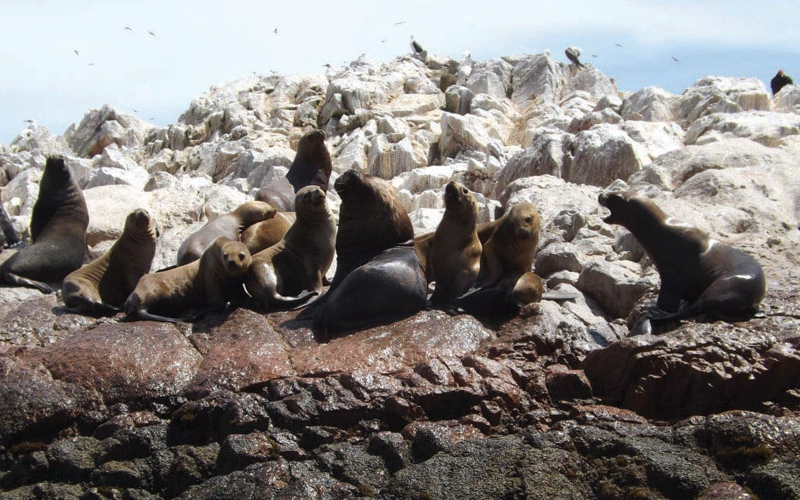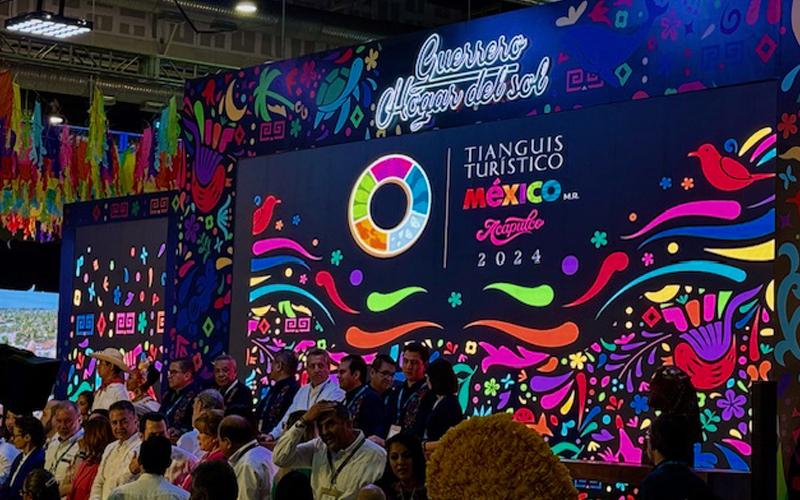Travel to Latin America
Costa Rica, Starting September 1, residents of Connecticut, Maine, New Hampshire,

New Jersey, New York, and Vermont will be permitted to travel to Costa Rica, as per an announcement made by Costa Rica’s tourism board.
Gustavo Segura, Costa Rica’s Minister of Tourism, said in a statement, “In these six states, there has been a very positive evolution of the pandemic and their epidemiological indicators are of high quality.” Passengers coming from the U.S. must prove their residency within one of the six approved states, verified by their driver’s license.
To enter the country, travelers must complete the electronic epidemiological HEALTH PASS form, available at https://salud.go.cr
A Covid-19 PCR test with a negative result must be taken within 48 hours of travel to Costa Rica, and Traveler’s Medical Insurance is required – international or purchased in Costa Rica. If in posession of an international policy, the following conditions must me met: effectiveness of the policy during the visit to Costa Rica, guaranteed coverage of medical expenses in the event of becoming ill with COVID-19 while in Costa Rica, for at least USD $50,000, and a minimum coverage of USD $2,000 for lodging expenses issues due to
the pandemic.
www.visitcostarica.com
Brazil
Despite the fact that the number Coronavirus cases in Brazil is second only to that of United States, tourists from all countries may return to Brazil, provided they have health insurance and arrive by air. Land and sea borders will remain closed until the end of September. Brazil continues to experience high daily case numbers of COVID-19, and remains at a Level 4 Travel Advisory (Do Not Travel) due to COVID-19.
Despite this, U.S.-Brazil commercial flight routes continue to run, and frequency of flights has recently increased. U.S. citizens have been permitted to enter Brazil as of July 29. Foreign travelers arriving by air who plan to stay up to 90 days, including those from the U.S., must present proof of purchase of health insurance valid in Brazil with coverage for the entire period of the trip to the airline prior to boarding. Failure to provide this could result in the denial of entry by Brazilian authorities.
In addition, travelers must present a medical declaration issued by a health authority or a local doctor that certifies that the passenger is not infected with Coronavirus (Covid-19). Test results alone will not be accepted. The doctor’s declaration may be in English, Spanish, or Portuguese. www.visitbrasil.com
Ecuador
Ecuador approved resumption of commercial flight operations on June 1, 2020. All travelers arriving in Ecuador should provide proof of a negative COVID PCR test taken no more than ten days before entering the country. As long as the traveler does not present symptoms of COVID, no preventive quarantine is required. Special rules apply for the Galapagos. If the traveler is unable to provide proof of negative testing at the airport, they must undertake, at their own expense, a PCR test upon arrival. The traveler must then proceed immediately to quarantine in an accommodation authorized for such purpose until a negative test result is returned. If the traveler receives a positive test result, the traveler must continue the quarantine and necessary health care will
be provided.
The Ecuadorian government announced a no-fault extension for tourists whose visa validity or 90-day visa-free stay expires during the health emergency. Individuals can renew without paying a fine until 30 days after the emergency is lifted.
Any international traveler wishing to transit via Quito or Guayaquil International Airport to the Galapagos should first arrive in-country with proof of a recent PCR test and then take a second PCR test at their own expense upon arrival. Travelers should then proceed to local lodging (in parts of Ecuador currently rated as Green or Yellow, but not Red, for COVID) for at least 48 hours to await test results. The second negative test result is required to be able to proceed to the Galapagos Islands.
https://ecuador.travel/en/
Honduras
Honduras has officially reopened airports and is now allowing international tourism to resume in the country as of August 17, 2020, after being shut down for over 5 months. All travelers entering Honduras must present a Covid test that was performed with negative results no older than 72 hours prior to arrival, and notably, both PCR tests and Rapid Tests are permitted. Before traveling to Honduras, you need to complete a Pre-Arrival Immigration Form. While not required for entry, all travelers should obtain travel health insurance that covers Covid-19 related expenses. Many hotels, tour operators and restaurants have already reopened, and rules all visitors to abide by during their trip include keeping 5-6 feet away from people not in your party, wearing a mask in all public spaces, and reporting any symptoms immediately to authorities. Symptomatic travelers are required to quarantine for 14 days.
https://honduras.travel/en/ Mexico
Mexico was one of the first countries to welcome American tourists back during the global pandemic. Mexico’s federal government has never closed its borders despite COVID-19 and welcomes travelers without any kind of restriction or mandatory quarantine upon arrival. However, U.S. travelers must fly to Mexico – the land border with the U.S. is closed for non-essential travel until at least September 21, 2020.
Each of Mexico’s states had different reopening plans, depending on the number of cases and hospitalizations, among other criteria. The government introduced a national “stoplight” system to phase in the return of nonessential activities. Red states are essentially in lockdown, with just essential activities allowed; oranges states allow restaurants, hotels, and stores to open with limited capacity.
The Mexican beaches at Quintana Roo (Cancun and Riveria Maya) began opening in June to American tourists. Puerto Vallarta and Los Cabos are open again and have begun their economic and tourist reopening with safety and hygienic measures in place.
Though Covid-19 testing is not required upon arrival in Mexico, travelers face health screenings like temperature checks. Cancun’s airport has thermographic cameras that register travelers with fevers who may face the possibility of being asked to return home, or to quarantine in Mexico if they are symptomatic.
https://vm.visitmexico.com




